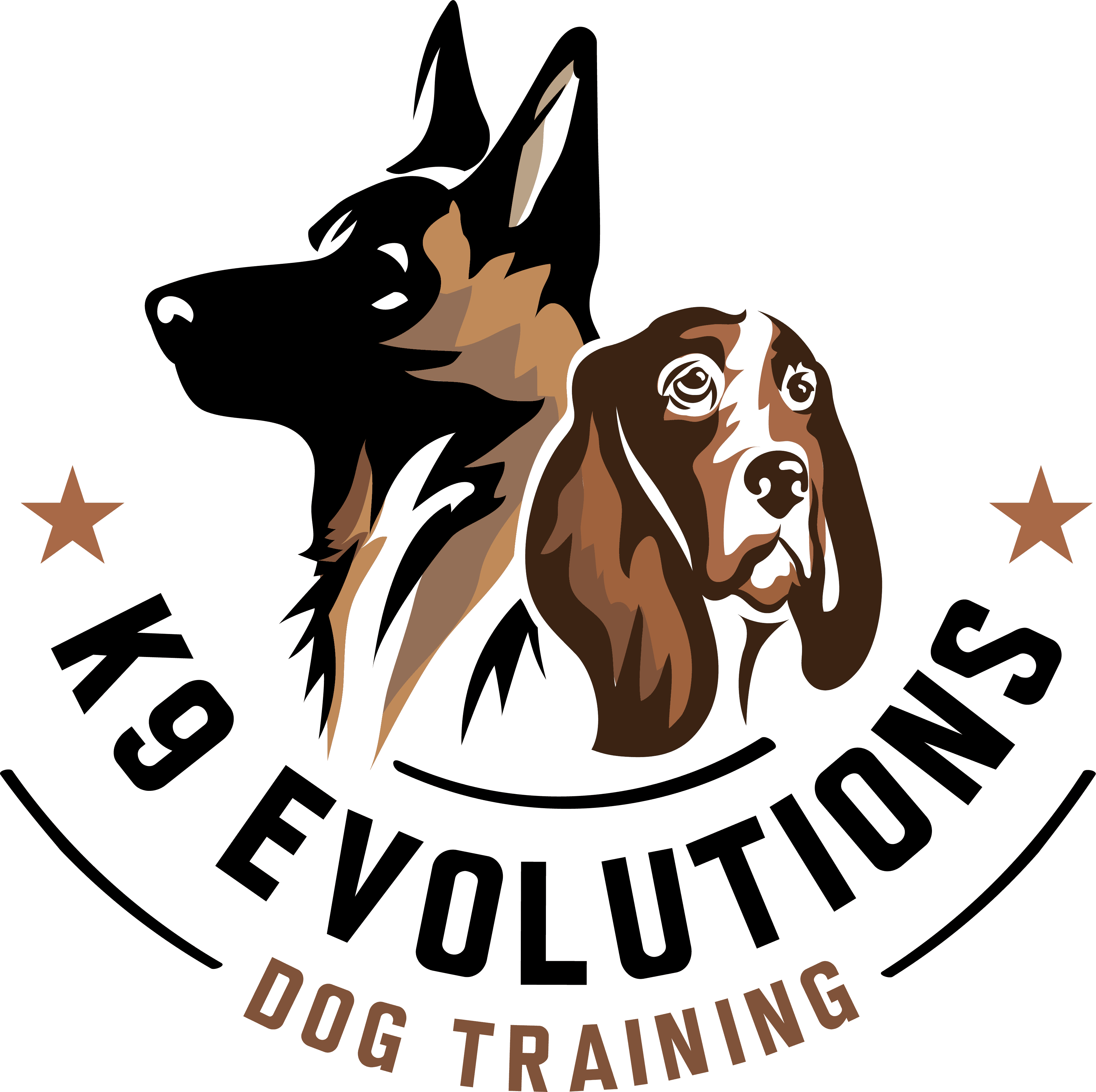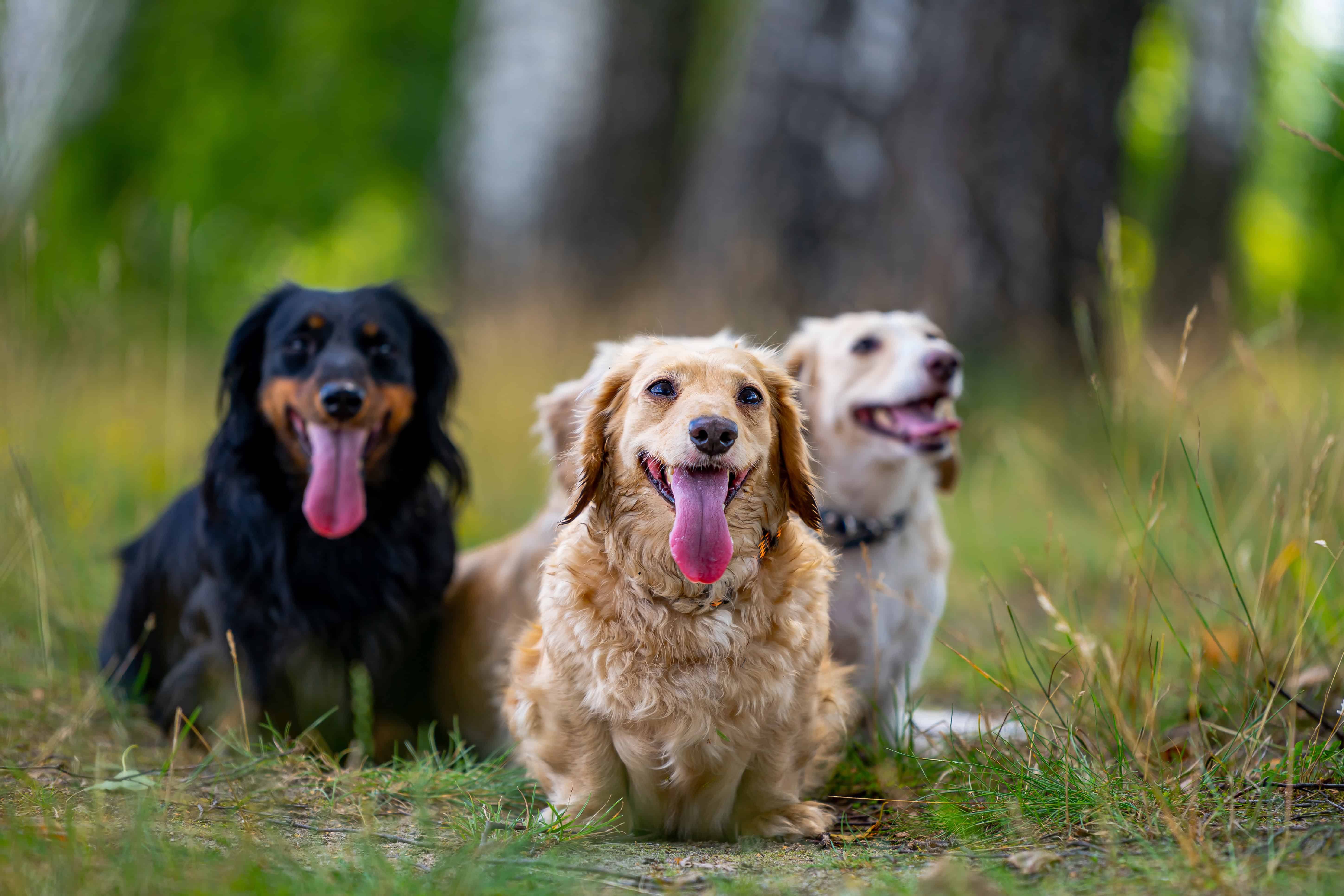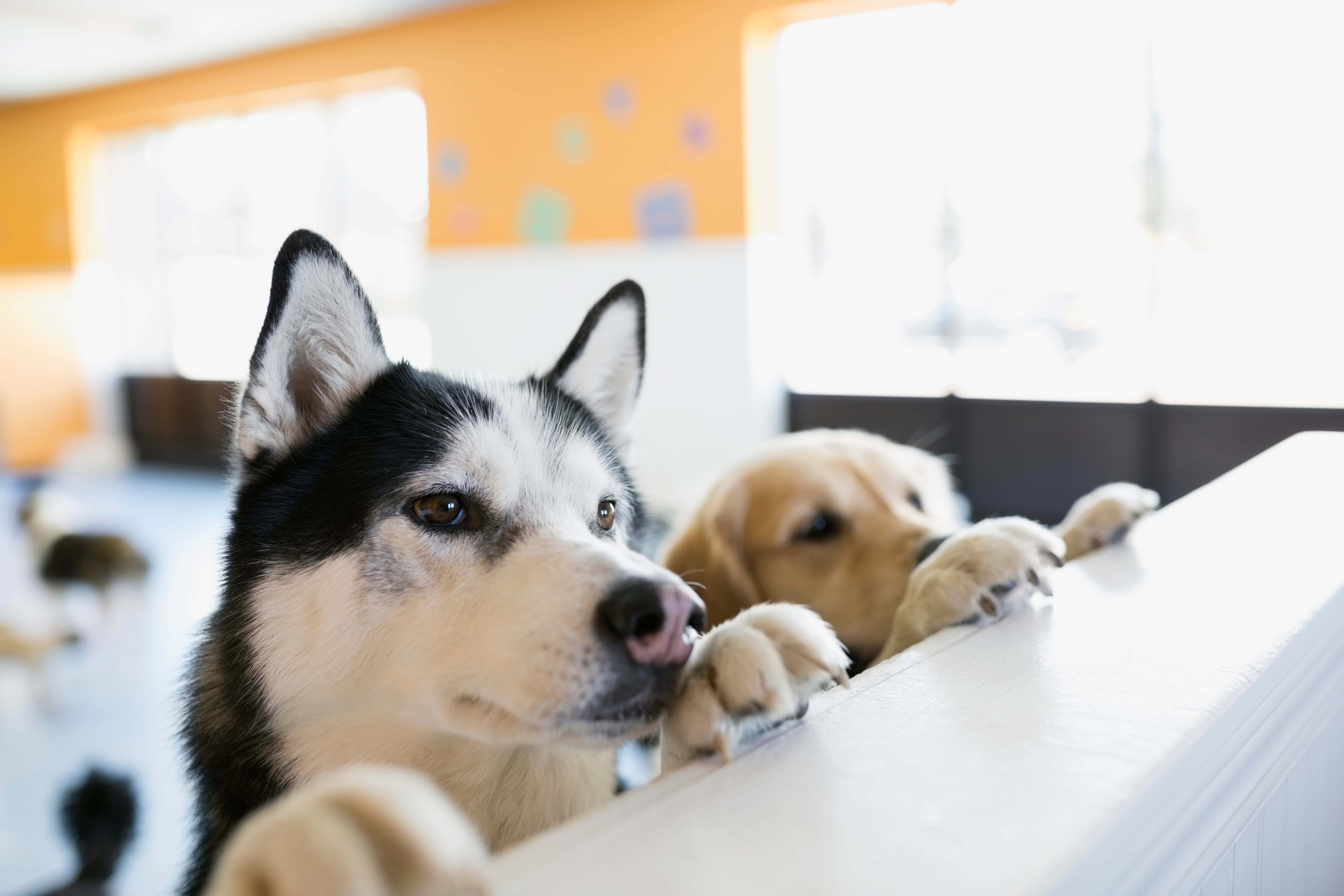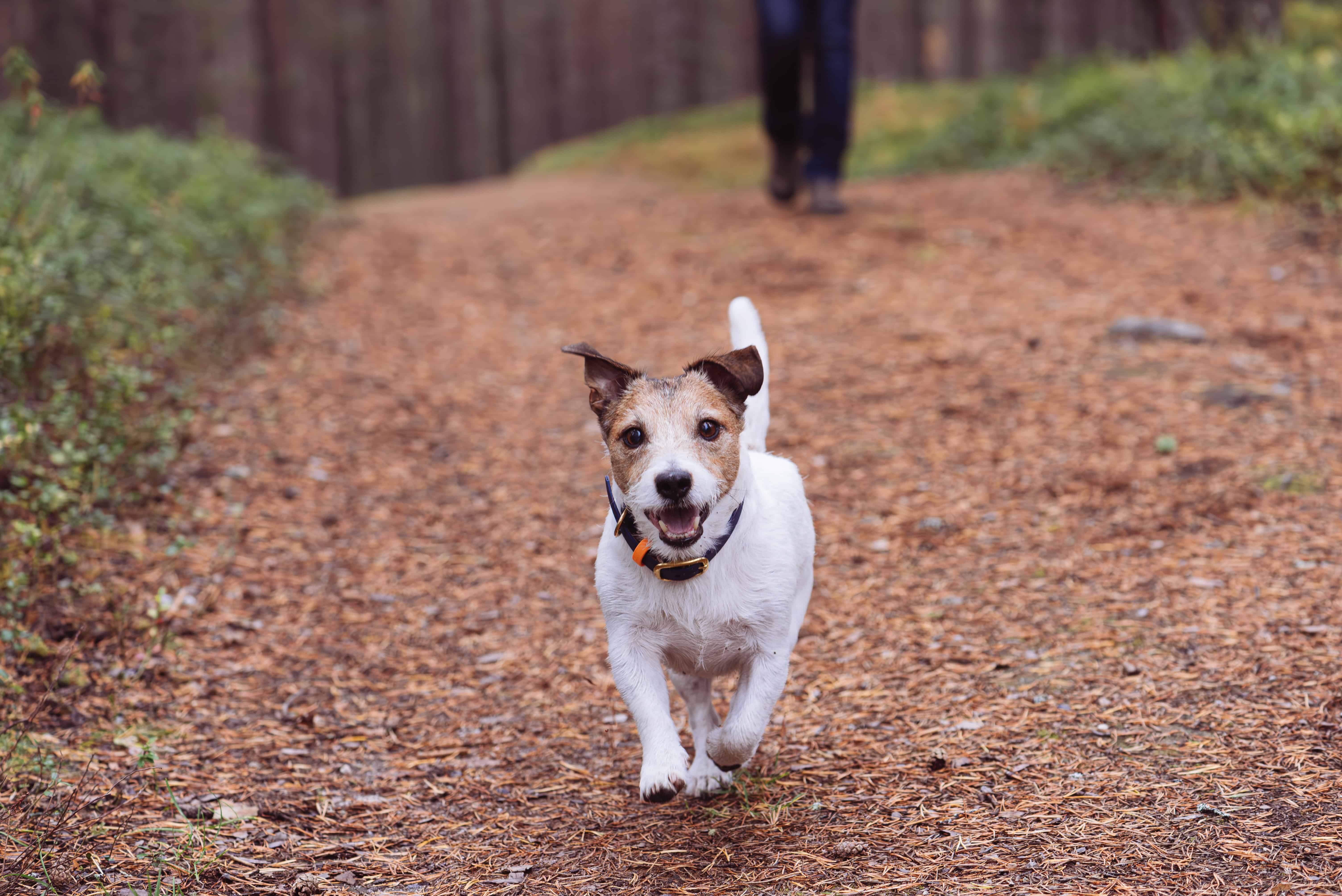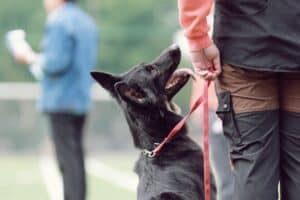When you make the decision to bring a dog into your home, you are doing more than simply acquiring a pet. You are making a conscious decision to care and provide for another living being – and it is a decision that will likely stay with you for at least a decade. It is therefore essential to take the time to thoroughly research and make a considered decision before you commit to the responsibility of looking after your new four-legged companion.
Choosing the ‘right’ dog for your home is subjective – and will be different for every family. The best thing that you can do after reading about and trying to research a breed online is to ask an experienced, balanced trainer about the particular breeds you’re interested in. An experienced, balanced trainer will have likely worked with all kinds of breeds, and most importantly dealt with all kinds of behavioral problems and genetic traits particular to different breeds. Watching YouTube videos or hearing anecdotal accounts about a particular breed is not the way to go.
All too often, we see situations where a dog is clearly unsuited for their living environment. A working breed that is confined to a crate all day while the rest of the family is at work or school, or a high-energy dog with no space to run. Our aim in this article is to help guide you and your family to ensure that when you choose a dog for your home, you are doing so while considering the various factors in play.
Why are you getting a dog, anyway?
This is the first question you should ask yourself. It might seem like it has an obvious answer – “because we want one!”. But here’s the issue with that line of thinking – it simply isn’t enough.
Here’s a great example. During the COVID-19 pandemic, there were a lot of people who ‘wanted’ a dog because work-from-home mandates and local lockdowns meant they were spending more time at home. When those people had to return to the office and life returned to something approaching normality, what happened to those dogs? Many of them ended up in animal shelters (over three million enter shelters each year) because their families no longer had the time to commit to caring for them. The short-term desire for a dog was outweighed by the eventual reality of family circumstances.
Something to bear in mind is you really should not ever get a dog based on looks. Instead, focus on the genetic attributes and temperament of the type of dog you would like to live with and take time to think what your life would look like with that dog. If you don’t want a dog that is very bitey with unquenchable energy, you should never get a Belgian Malinois. If you want a dog that is sharp and attentive with handler focus, you probably don’t want to get a hound who’s always got their nose to the ground. While a Husky may look beautiful, it is not a good fit for many families for the simple reason that it is a dog built for cold weather and pulling a sled. So if you live in the hot and humid climate of Florida working a 9-to-5 job, are exhausted when you get home and can only give your dog an hour a day, it’s probably not a good fit to get a Husky. They’ll be miserable in the heat and their needs will not be met physically or mentally which is a recipe for behavioral problems.
Many times people see dogs in movies or on the Internet and find a certain breed to be spectacular and appealing. People will get a dog because they think it looks cool in a video or movie, completely unaware of the hundreds of hours of training that particular dog went through from an experienced professional trainer. People can become myopic ignoring the implications and pitfalls of owning that particular breed.
It is critical to ask yourself why you want this dog in the first place, and be honest with yourself about the challenges that you may have to overcome. Are you getting this dog to serve a particular purpose (service animal, competing in dog sports, etc.)? How will you balance caring for your dog alongside your other commitments (family, work, hobbies and interests)? If you work during the day, what will the dog’s life look like on a daily basis?
These are not questions to convince you not to obtain a dog. Owning a dog is one of life’s most rewarding activities. Instead, these questions are designed to make you critically assess your need for a dog, and what your life will look like in the months and years after you acquire one. If you want to join a SAR team, then adopting a King Charles Cavalier Spaniel from your local shelter isn’t going to be suitable. If you want a relatively low-maintenance household pet, don’t choose a high-drive German Shepherd or Belgian Malinois who will require constant physical and mental stimulation.
In a nutshell, make sure that your choice of dog is suitable for your circumstances.
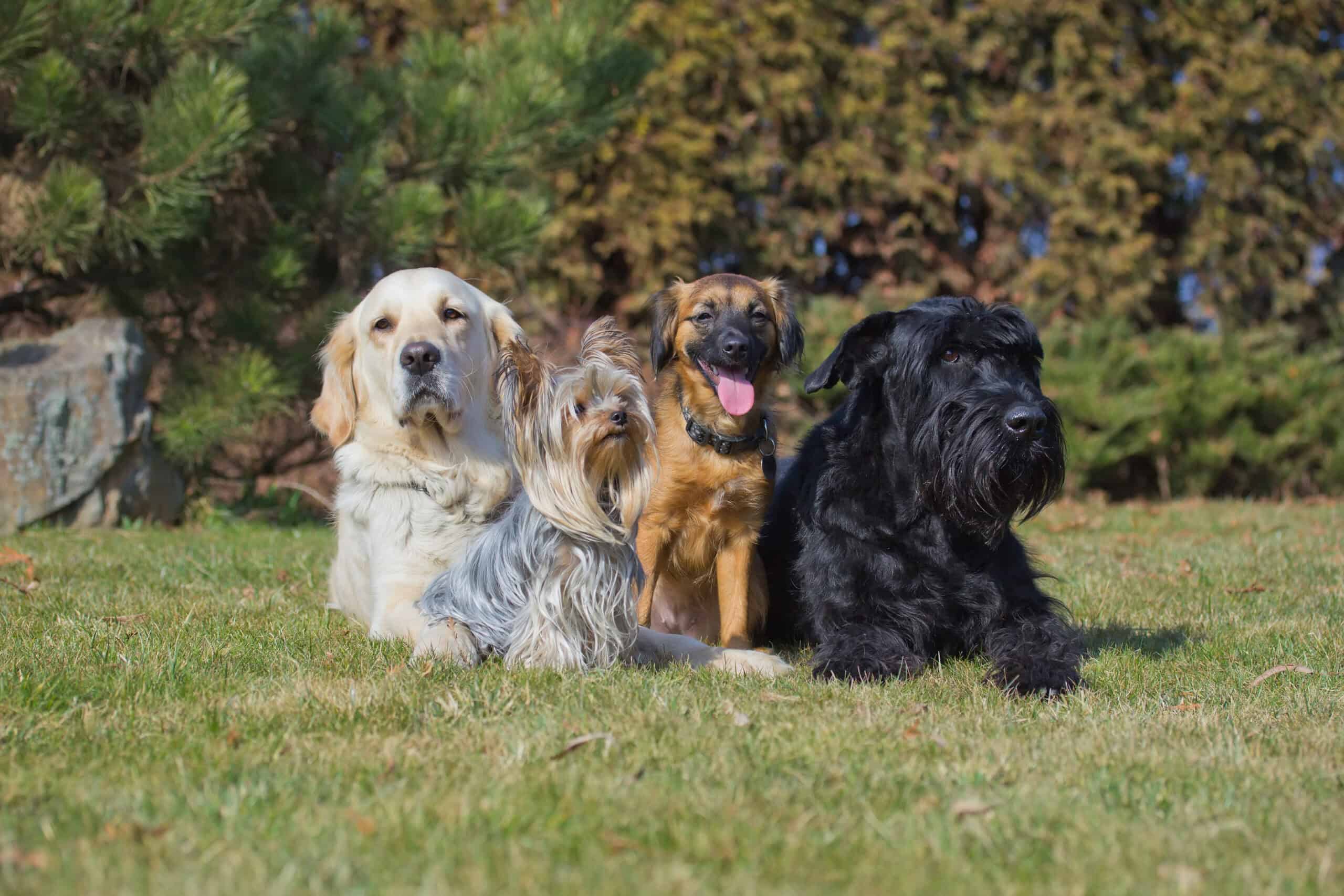
Factors that influence the ‘right’ dog
Once you have established the purpose for your new dog, there are other factors you should consider before bringing them into your home.
Size
Dogs vary greatly in size, from tiny 4-6lb Chihuahuas to giant Newfoundlands weighing in at close to 200lbs. The size of a dog has practical implications. If you live in a small apartment, choosing a larger breed may not be suitable as they (and you) simply won’t have the space to maneuver around. Small-to-medium sized dogs are typically great for snuggling up alongside on the couch if you are seeking a companion, while medium-to-large breeds are typically higher energy and are more adept at competing in physically demanding dog sports like agility and Mondioring.
Breed characteristics
Genetics can play a huge role in a dog’s development and behavior profile – and typically, even a significant amount of training will struggle to suppress their natural instincts. You can’t stop a herding breed (Border Collies, Australian Shepherds, etc.) from herding; you can’t stop retriever breeds (Labradors, Goldens, etc.) from retrieving; Belgian Malinois enjoy biting; and so on. Some breeds are also more stubborn and are renowned for being difficult to train. It is important to be aware of these characteristics prior to bringing a dog into your home.
Age
For pet dogs, there is a huge difference between choosing an adult dog who has passed their adolescence phase, compared with a very young puppy who has no obedience, no foundational behavior, and no concept of potty training. The difference is in the amount of time you will need to invest in order to achieve your training goals. If you are obtaining your dog with a dog sport in mind, then older dogs may have less opportunity to reach peak performance – puppies have more of a development window.
Your experience with dogs
Owning a dog can be a formidable task, particularly with a breed that may be more difficult to train. If this is your first time owning a dog, consider getting one with a calm and gentle temperament, such as a Golden Retriever.
Other dogs/animals in your home
If you have other dogs in your home, or other animals like cats, it is important to bear in mind how bringing a new dog into their environment will affect their behavior. With existing dogs, you will want to spend some time carefully integrating them with your new dog, so that they can co-exist together peacefully. When it comes to cats, bringing in a dog with lots of prey drive could be potentially dangerous; however, many dogs and cats do live together and tolerate one another.
Do your research and speak to experts
Bringing a new dog into your home is a huge event – and it isn’t a decision to be taken lightly. After you have determined your ‘why’ for bringing a new dog into your home, we highly recommend doing as much research as possible on different breed options. There are lots of great resources online that you can use to research the characteristics of different breeds.
Unless you are an experienced dog owner, or have a specific purpose or reason, I really don’t advise people to get a Belgian Malinois or other high-drive working line dog. Why? Dog trainers have seen a boom of people getting these types of dogs because they think they’re cool, not understanding that three walks and marathon games of fetch are not enough to satisfy the mental and physical requirements of these breeds. In my opinion, the only people who should own these dogs are serious dog trainers, active Police K9 handlers, active military, SAR dog handlers, or someone who is committed and devoted to a dog sport. Shelters are continuing to fill up with these high-energy dogs who have been abandoned by owners who realized they were not able to give their dogs what they require.
At K9 Evolutions Dog Training, we use our experience and knowledge to help guide you through the process of choosing the right dog (and, of course, we can help you with training for your new dog, too). Reach out to us at info@k9evolutionsdogtraining.com or (612) 227-7019 with any questions.
